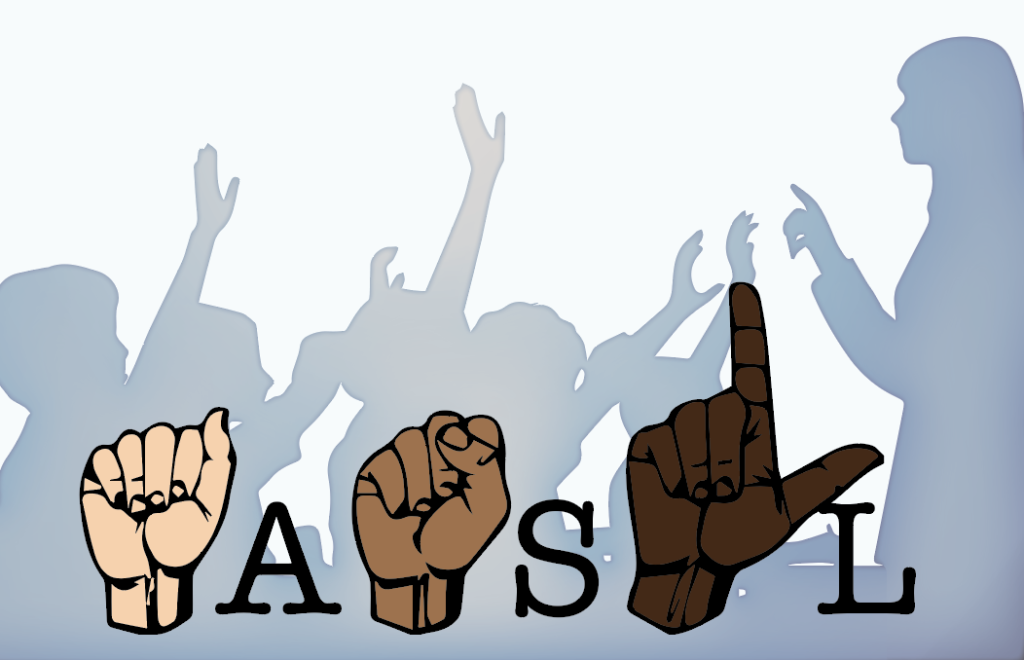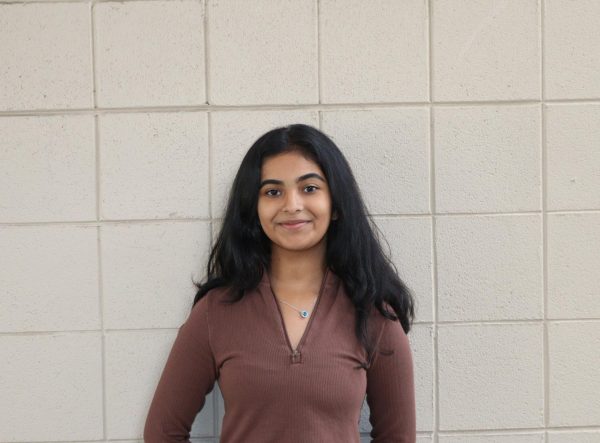Hearing impaired individuals, spanning across a wide spectrum of hearing loss severity, constitute about 35 million people in the US, about 500,000 to 2 million of whom use American Sign Language (ASL) as their primary form of communication. ASL is the fifth most commonly used language in the country after English, Spanish, Italian, German and French. However only about 1,000 out of 9,000 public schools in America offer the course.
It is the unfortunate truth that such a disparity exists, which is why the high school’s decision to offer a dual enrollment ASL course after school through a West Valley College teacher, in which students can receive both high school and college credit, is undoubtedly the right decision for increased inclusivity and disability awareness. By doing so, the language will reach a larger and younger audience, potentially bridging the gap between hearing individuals and the hearing impaired community.
But offering the course through the community college is only the first step of many — ASL courses should be offered in more public high schools, including Saratoga High.
More could be done to effectively educate the student population about the language’s syntax and rich culture. If SHS offered the course for language credits along with Spanish, French, Chinese and Japanese, more students will be aware of such an opportunity as they wouldn’t need to take the steps to complete a dual enrollment application at the community college.
Offering the course is imperative in order to breach the communication barrier between users of spoken and visual languages.
The lack of effective communication access in a society that prioritizes spoken languages causes many obstacles for the hearing impaired — at its worst, the language barrier between the hearing and the hearing impaired can cause significant healthcare concerns. Hearing clinicians who cannot effectively communicate with deaf or hard of hearing patients can unintentionally give poor assessments and medical mistreatments; deaf people are often deprived of quality health care and critical health information due to this lack of efficient communication.
TraciAnn Hoglind, the founder of national nonprofit organization Health Signs Virtual Care, recounts the moment where she was misdiagnosed because of a severe communication barrier with her doctor.
“It was evident in his physical shaking and awkward demeanor as he tried to engage with me,” she said. “Although doctors have the best interests of their patients at heart, these same doctors are not always appropriately educated to become culturally responsive practitioners.”
Additionally, a lack of ASL knowledge can raise future concerns for hearing parents of deaf children. With approximately 90 to 95 percent of deaf children being born to hearing parents, families often struggle to learn and teach their children sign language before they enter school.
The ignorance of hearing individuals to ASL will remain a problem and continue to negatively affect the lives of the hearing impaired if we do not advocate for an institutionalized ASL curriculum in schools. It is the fourth most-studied language at a collegiate level along with French and Spanish — there is no reason that those languages are widely taught at high schools, while ASL largely is not.
Offering the course can also broaden students’ opportunities for future jobs. Employment of ASL interpreters rose 46% from 2012 to 2020, and continues to be in high demand in places such as hospitals, courts, governmental agencies, community activities and state legislatures. Offering this option means instilling high school students with a passion for sign language early and enabling them to pursue such career paths.
By making access to this knowledge less convenient, the school system alienates them and future generations of access to a fully developed autonomous language with its own unique cultural identity, grammar, vocabulary and syntax — and most importantly, a chance to connect with those who use it.
But if ASL courses are made widely available in schools, hearing individuals can help reduce the stigma surrounding the hearing impaired. There should not be a barrier between those who can hear and those who cannot — offering the course would help promote a sensitivity and awareness that is otherwise nonexistent.
Christine Yoshinaga-Itano, professor of audiology at the University of Colorado at Boulder, put it the best — at its core, “Deafness is a sensory difference. It only becomes a disability when the educational system fails the child and the family.”


























